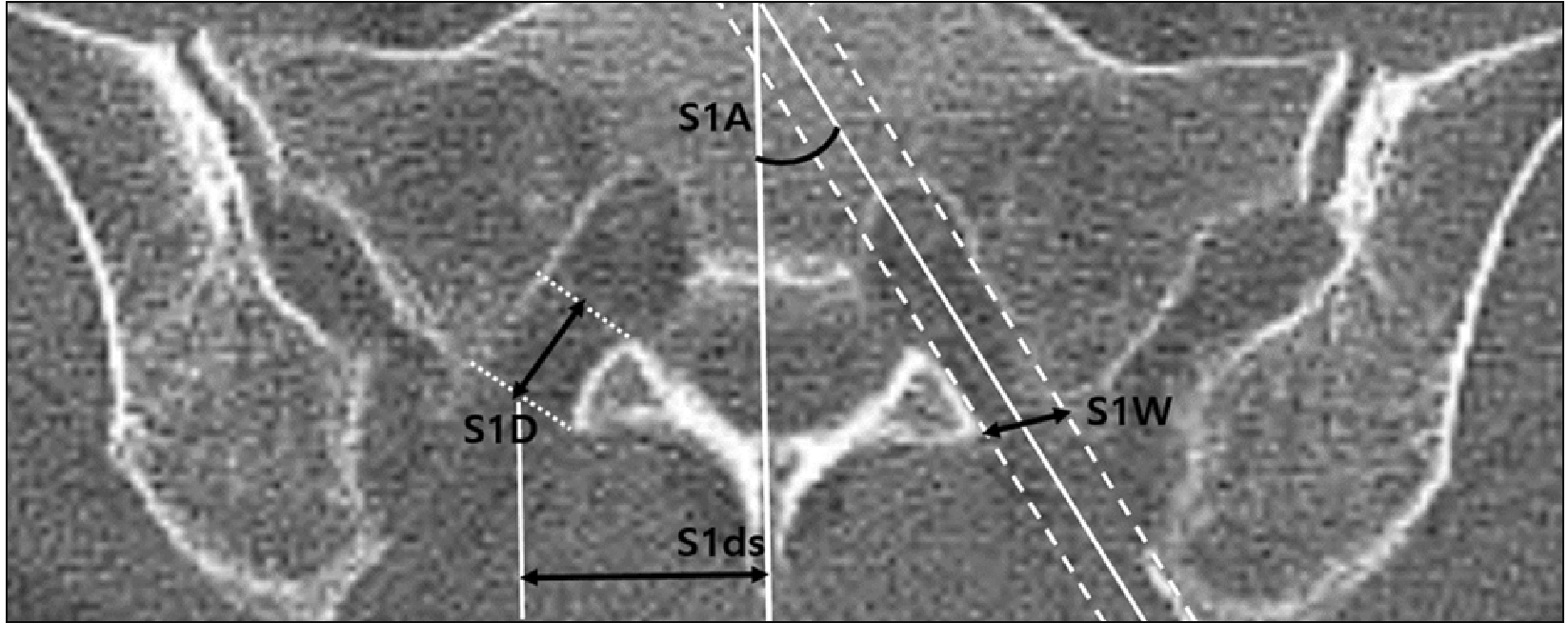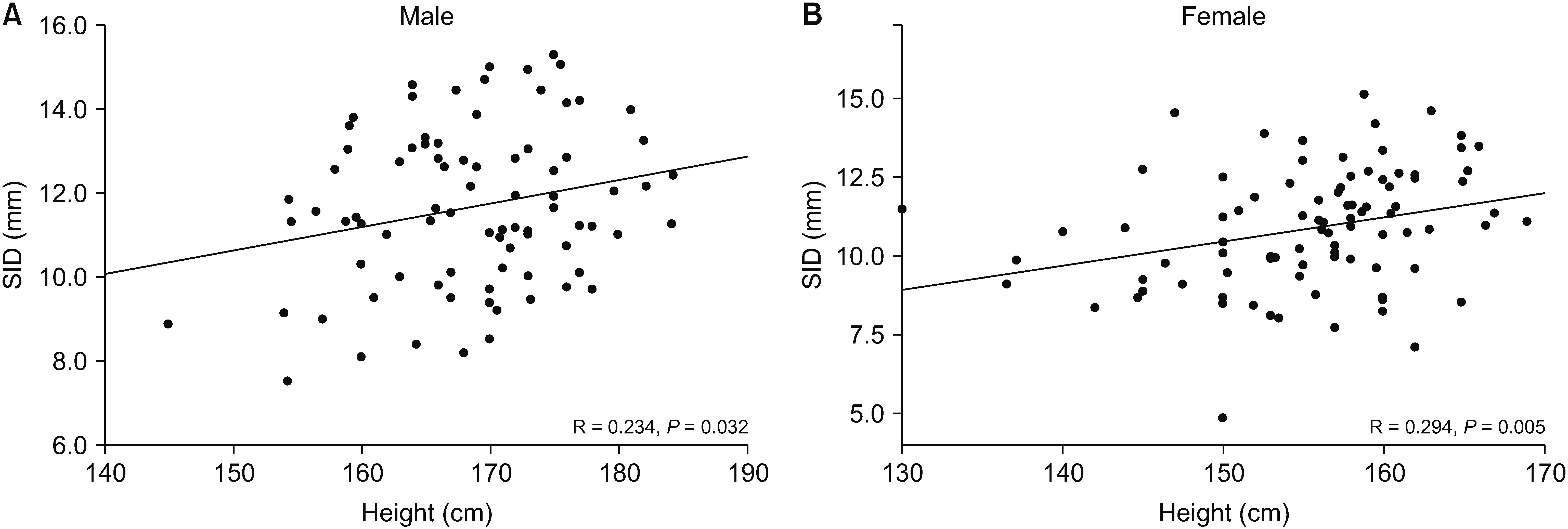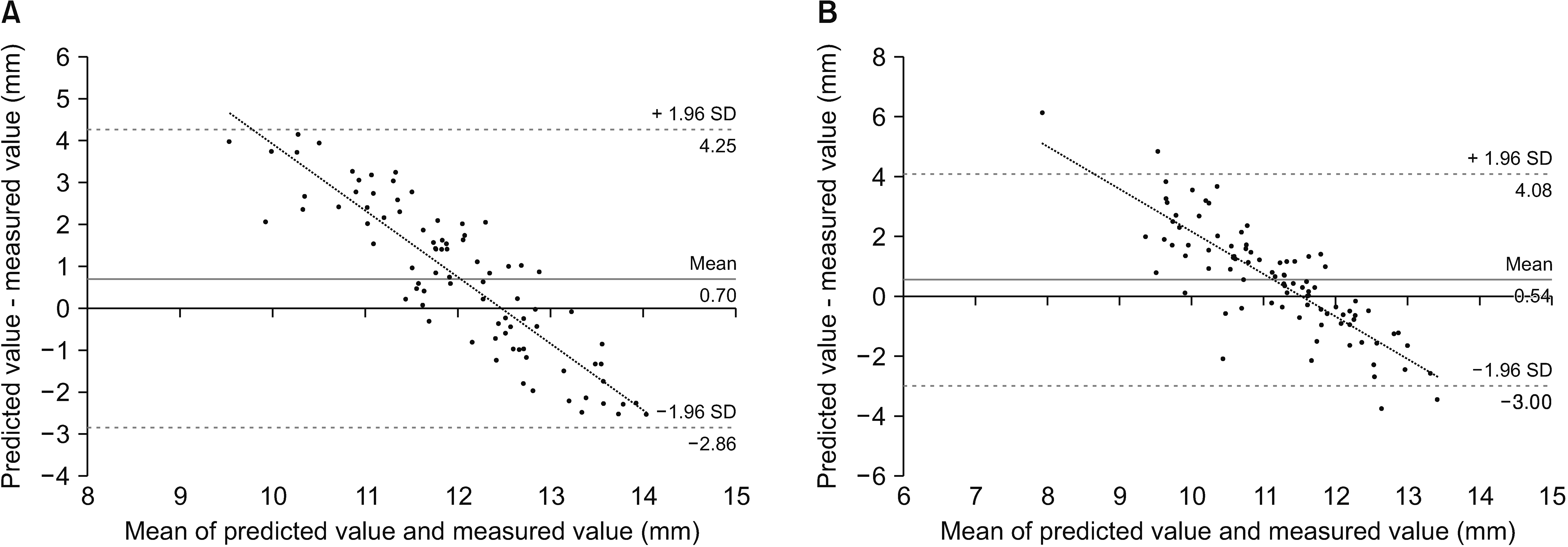1. Manchikanti L, Buenaventura RM, Manchikanti KN, Ruan X, Gupta S, Smith HS, et al. 2012; Effectiveness of therapeutic lumbar transforaminal epidural steroid injections in managing lumbar spinal pain. Pain Physician. 15:E199–245. DOI:
10.36076/ppj.2012/15/E199. PMID:
22622912.
2. Roberts ST, Willick SE, Rho ME, Rittenberg JD. 2009; Efficacy of lumbosacral transforaminal epidural steroid injections: a systematic review. PM R. 1:657–68. DOI:
10.1016/j.pmrj.2009.04.008. PMID:
19627959.
3. Chun EH, Park HS. 2015; Effect of high-volume injectate in lumbar transforaminal epidural steroid injections: a randomized, active control trial. Pain Physician. 18:519–25. DOI:
10.36076/ppj.2015/18/E519. PMID:
26606003.
4. Bhatia A, Flamer D, Shah PS, Cohen SP. 2016; Transforaminal epidural steroid injections for treating lumbosacral radicular pain from herniated intervertebral discs: a systematic review and meta-analysis. Anesth Analg. 122:857–70. DOI:
10.1213/ANE.0000000000001155. PMID:
26891397.
7. Arman C, Naderi S, Kiray A, Aksu FT, Yilmaz HS, Tetik S, et al. 2009; The human sacrum and safe approaches for screw placement. J Clin Neurosci. 16:1046–9. DOI:
10.1016/j.jocn.2008.07.081. PMID:
19442524.
9. Povo A, Arantes M, Matzel KE, Barbosa J, Ferreira MA, Pais D, et al. 2016; Surface anatomical landmarks for the location of posterior sacral foramina in sacral nerve stimulation. Tech Coloproctol. 20:859–64. DOI:
10.1007/s10151-016-1543-2. PMID:
27844258.
10. Park YJ, Lee SH, Ryu KH, Kim YK, Shim J, Lee HW, et al. 2020; Novel method for S1 transforaminal epidural steroid injection. World Neurosurg. 133:e443–7. DOI:
10.1016/j.wneu.2019.09.051. PMID:
31526885.
11. Hwang BY, Park JH, Ji HT, Kim GE, Kim SK, Lee YK, et al. 2022; Retrospective lumbosacral CT analysis and prospective observational study of the ipsilateral tunnel view technique for fluoroscopy-guided selective S1 transforaminal epidural injection. Pain Pract. 22:83–90. DOI:
10.1111/papr.13061. PMID:
34291569.
12. Cha YD, Choi JK, Yang CW, Lim HK, Heo GA, Kim BG. 2017; Relationship between first dorsal sacral foramen and lumbar facet joint connecting line in South Korea populations: retrospective study. Medicine (Baltimore). 96:e7544. DOI:
10.1097/MD.0000000000007544. PMID:
28723774. PMCID:
PMC5521914.
13. Roussouly P, Gollogly S, Berthonnaud E, Dimnet J. 2005; Classification of the normal variation in the sagittal alignment of the human lumbar spine and pelvis in the standing position. Spine (Phila Pa 1976). 30:346–53. DOI:
10.1097/01.brs.0000152379.54463.65. PMID:
15682018.
14. Park D. 2018; Can ultrasound-guided S1 transforaminal epidural injection using the in-plane approach and color Doppler imaging be a safer alternative to lumbar inter-laminar epidural injection? Am J Phys Med Rehabil. 97:e66–7. DOI:
10.1097/PHM.0000000000000856. PMID:
29087968.
15. Gofeld M, Bristow SJ, Chiu SC, McQueen CK, Bollag L. 2012; Ultrasound-guided lumbar transforaminal injections: feasibility and validation study. Spine (Phila Pa 1976). 37:808–12. DOI:
10.1097/BRS.0b013e3182340096. PMID:
21912311.
16. Evansa I, Logina I, Vanags I, Borgeat A. 2015; Ultrasound versus fluoroscopic-guided epidural steroid injections in patients with degenerative spinal diseases: a randomised study. Eur J Anaesthesiol. 32:262–8. DOI:
10.1097/EJA.0000000000000103. PMID:
24841502.
17. Hashemi M, Dadkhah P, Taheri M, Haji Seyed Abootorabi SM, Naderi-Nabi B. 2019; Ultrasound-guided lumbar transforaminal epidural injections; a single center fluoroscopic validation study. Bull Emerg Trauma. 7:251–5. DOI:
10.29252/beat-070307. PMID:
31392224. PMCID:
PMC6681880.
18. McGrath MC, Stringer MD. 2011; Bony landmarks in the sacral region: the posterior superior iliac spine and the second dorsal sacral foramina: a potential guide for sonography. Surg Radiol Anat. 33:279–86. DOI:
10.1007/s00276-010-0735-0. PMID:
21063707.
19. Kim SH, Yoon KB, Yoon DM, Choi SA, Kim EM. 2010; An analysis of location of needle entry point and palpated PSIS in S1 nerve root block. Korean J Pain. 23:242–6. DOI:
10.3344/kjp.2010.23.4.242. PMID:
21217887. PMCID:
PMC3000620.
20. Lee BJ, Han J, Park D. 2020; A video of ultrasound-guided S1 transforaminal epidural injection using color Doppler: technical reports. Pain Pract. 20:396–8. DOI:
10.1111/papr.12858. PMID:
31816174.
21. Price R, Okamoto M, Le Huec JC, Hasegawa K. 2016; Normative spino-pelvic parameters in patients with the lumbarization of S1 compared to a normal asymptomatic population. Eur Spine J. 25:3694–8. DOI:
10.1007/s00586-016-4794-8. PMID:
27671281.
22. Plaikner M, Gruber H, Schwabl C, Brenner E, Bale R, Skalla E, et al. 2019; A simple approach for ultrasound-guided pararadicular injections in the sacral spine: a pilot computer tomography controlled cadaver study. Med Ultrason. 21:125–30. DOI:
10.11152/mu-1823. PMID:
31063514.
23. Park D. 2018; Ultrasound-guided S1 transforaminal epidural injection using the in-plane approach and color Doppler imaging. Am J Phys Med Rehabil. 97:e14–6. DOI:
10.1097/PHM.0000000000000754. PMID:
28406801.
25. Watanabe N, Takigawa T, Uotani K, Oda Y, Misawa H, Tanaka M, et al. 2022; Three-dimensional analysis of the ideal entry point for sacral alar iliac screws. Asian Spine J. doi: 10.31616/asj.2021.0268. DOI:
10.31616/asj.2021.0268. PMID:
35184519.
26. Oura P, Nurkkala M, Auvinen J, Niinimäki J, Karppinen J, Junno JA. 2019; The association of body size, shape and composition with vertebral size in midlife - the Northern Finland Birth Cohort 1966 study. Sci Rep. 9:3944. DOI:
10.1038/s41598-019-40880-4. PMID:
30850701. PMCID:
PMC6408584.







 PDF
PDF Citation
Citation Print
Print




 XML Download
XML Download